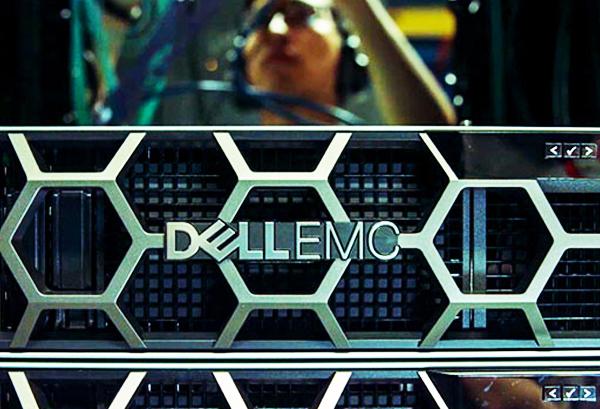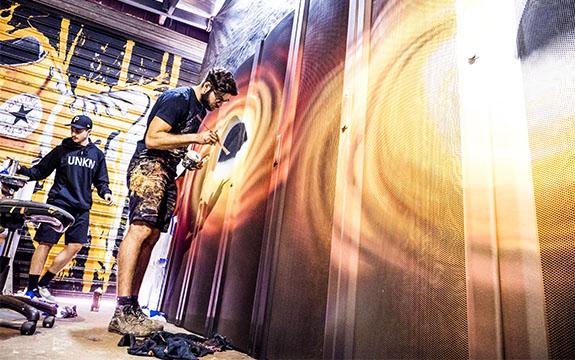
(Source - Swinburn University of Technology)
The $4 million supercomputer built by Dell EMC for Swinburn University of Technology in Melbourne has gone live, with the university officially launching the new system on 7 March.
The new supercomputer, named OzSTAR, is based at Swinburne’s Hawthorn campus and features a performance peak of 1.2 petaflops. The computer effectively launches the university into the petascale era of supercomputing.
The supercomputer features 4140 SkyLake cores at 2.3Ghz across 107 standard compute and eight data crunching nodes, 230 NVIDIA Tesla P100 12 GB GPUs, 272 Intel Xeon Phi cores at 1.6Ghz across four C6320pKNL nodes.
It also sports a high speed low latency network fabric able to move data across each building block at over 100Gbps with various features to ensure reliability and traffic flow and five petabyte of usable storage via the Lustre ZFS file system at 30GB/s throughput.
It is expected to enable the Swinburne-based Australian Research Council Centre of Excellence for Gravitational Wave Discovery’s (OzGrav) to search for gravitational waves and study the physics of black holes and warped space-time.

According to Professor Jarrod Hurley, manager of the new supercomputer, OzSTAR will help to maintain Swinburne’s position as an academic leader in supercomputing with a focus on hybrid CPU-GPU technology across the system.
OzGrav director, Professor Matthew Bailes, said that the new system will have the computing power to search for coalescing black holes and neutron stars in real-time.
“In one second, OzSTAR can perform 10,000 calculations for every one of the 100 billion starts in our galaxy,” Bailes said.
As reported by sister publication, Computerworld, the new supercomputer has also been given an Albert Einstein-inspired paint job in ode to the landmark physicist.
It was revealed in August last year that Swinburne had handed Dell EMC the $4 million deal to build a supercomputer to underpin its research into astrophysics and gravitational waves. The deal saw the university replace technology by SGI with Dell EMC tech.
It was expected at the time that the new system would take four weeks to install and be operational before the end of September last year, meaning the supercomputer would have been somewhat operational prior to the official launch this week.
Dell EMC was also last year tasked with building the Australian national science agency’s new $4 million supercomputer system, which went live in early July 2017, and won a $24.2 million hosting contract from the Federal Government’s Department of Human Services (DHS).




